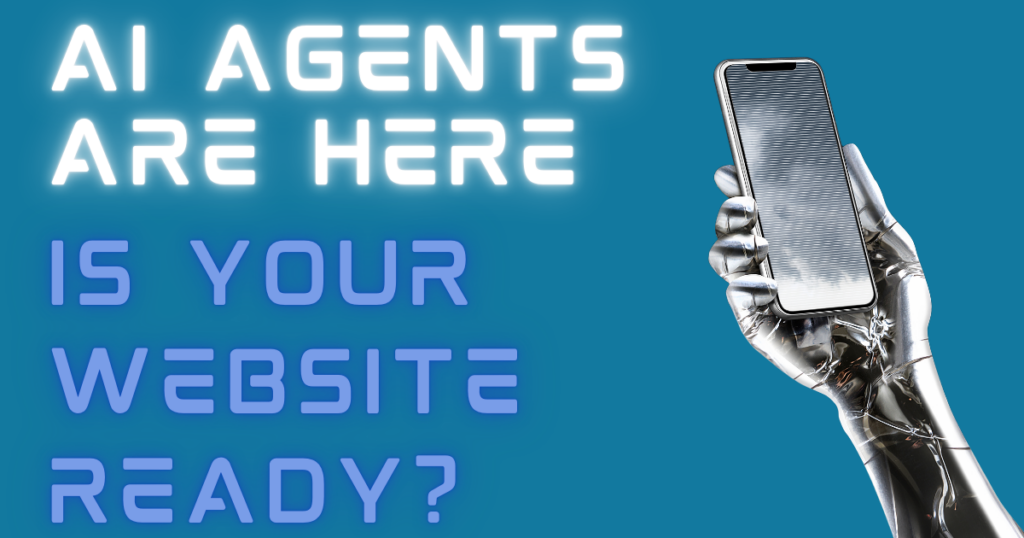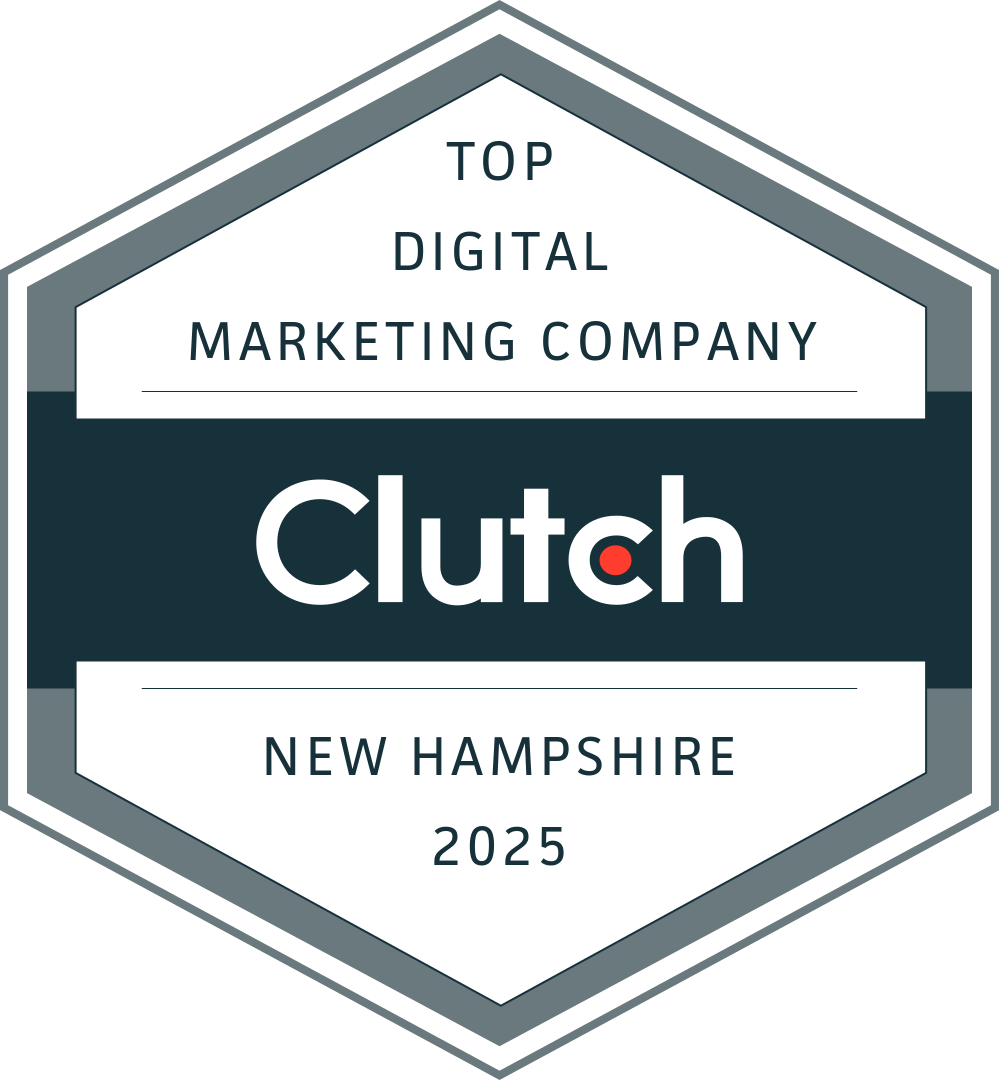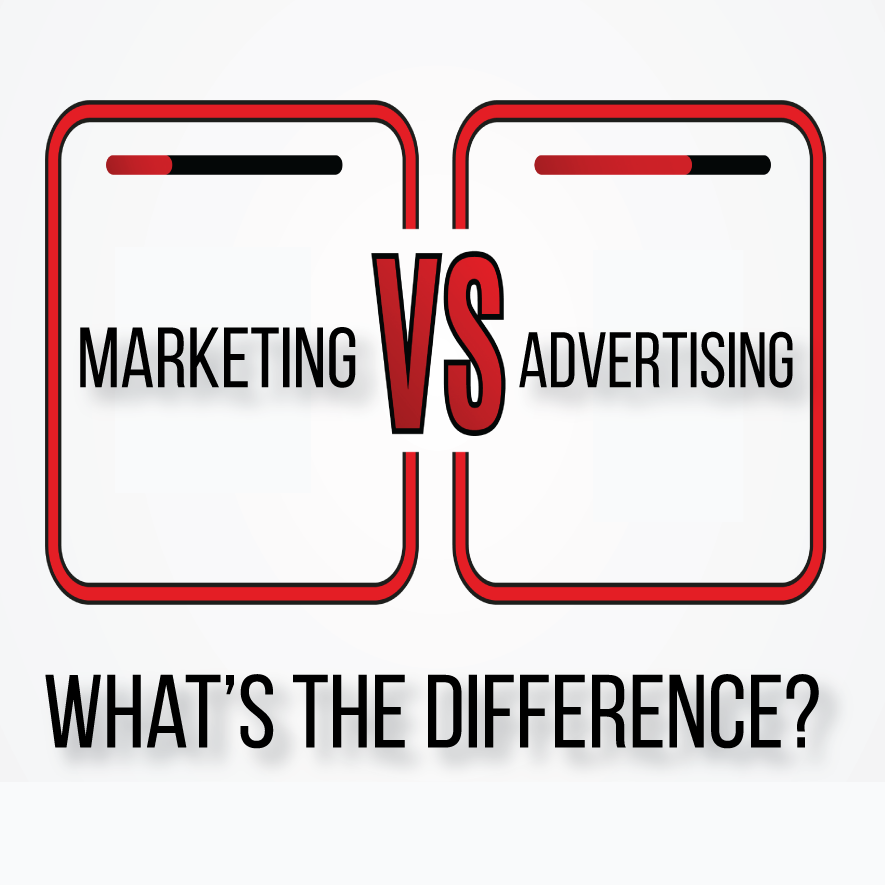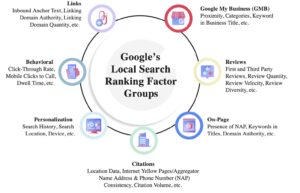AI Agents Have Arrived: Is Your Website Ready?
The Personal Experiment That Opened My Eyes

What Are AI Agents?
Why Marketers Should Care
How to Make Your Content AI-Friendly
1. Focus on Quality: AI agents prioritize authoritative, well-written, and relevant content. Invest in creating comprehensive, high-value materials that thoroughly answer user questions and demonstrate expertise.
2. Optimize for Search Engines: Search engine optimization (SEO) is no longer just for human users. AI agents rely on algorithms to evaluate content. Proper keyword usage, metadata, and structured data are crucial for visibility.
3. Structure Your Content Clearly: AI agents excel at processing structured information. Use headings, bullet points, and clear layouts to make your content easy to parse and understand.
4. Stay Relevant and Timely: AI agents prioritize fresh and up-to-date content. Ensure your content reflects the latest trends and insights to maintain its relevance.
5. Incorporate Machine-Readable Formats: Leverage formats like FAQs, schemas, and rich snippets to enhance machine readability. These elements help your content stand out to AI agents.


















































